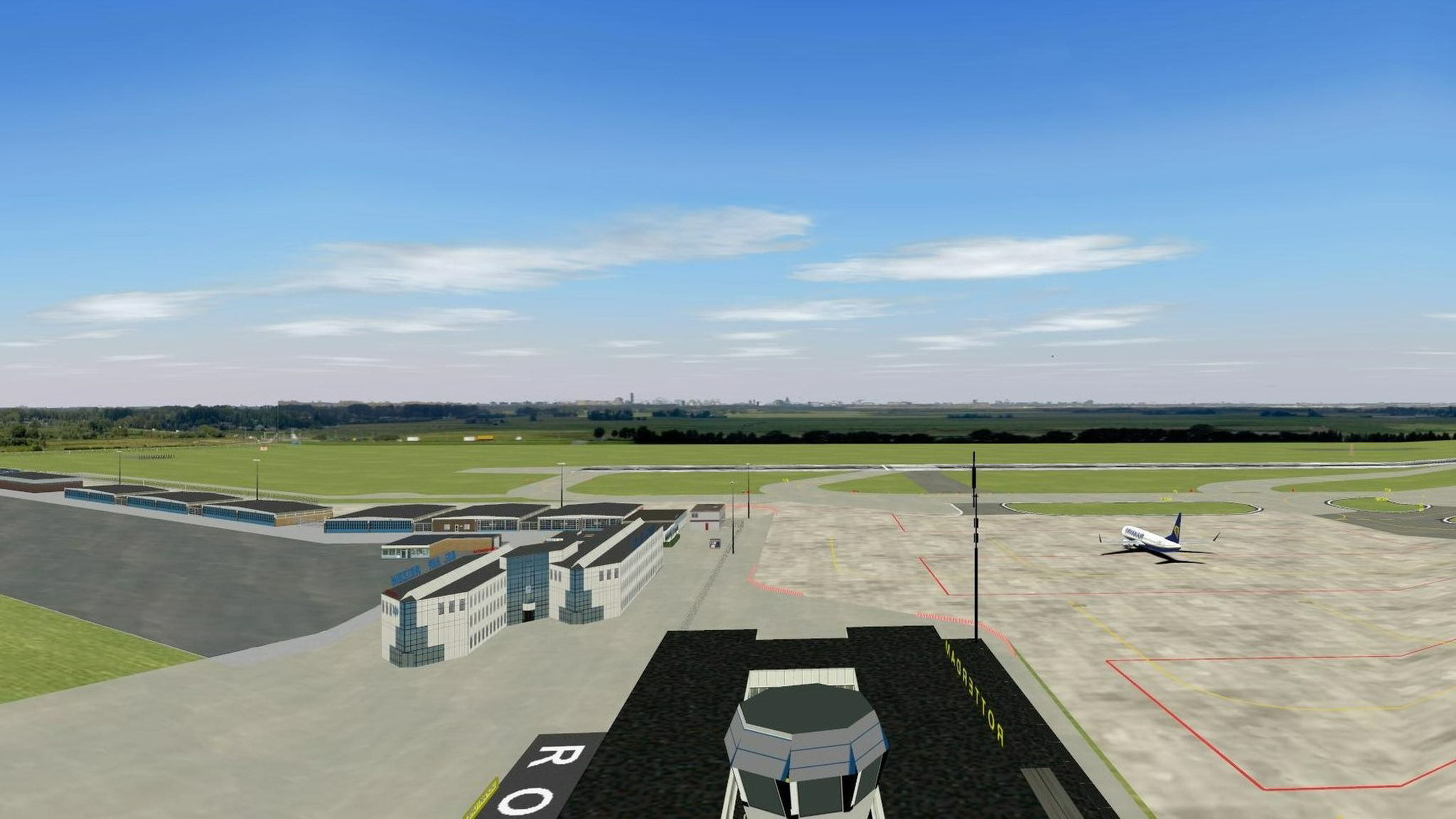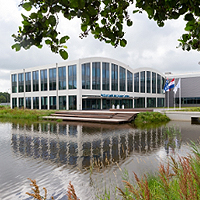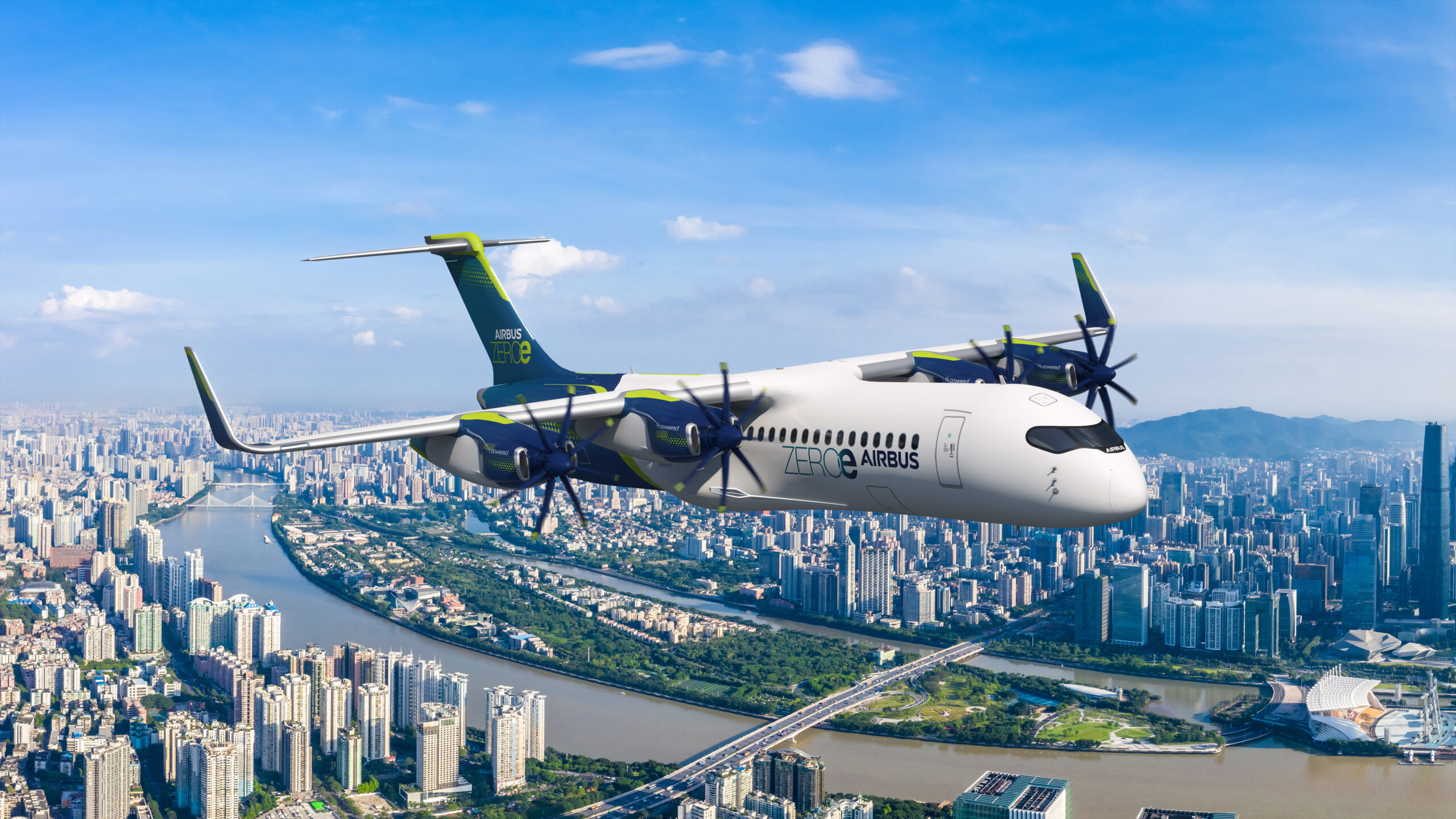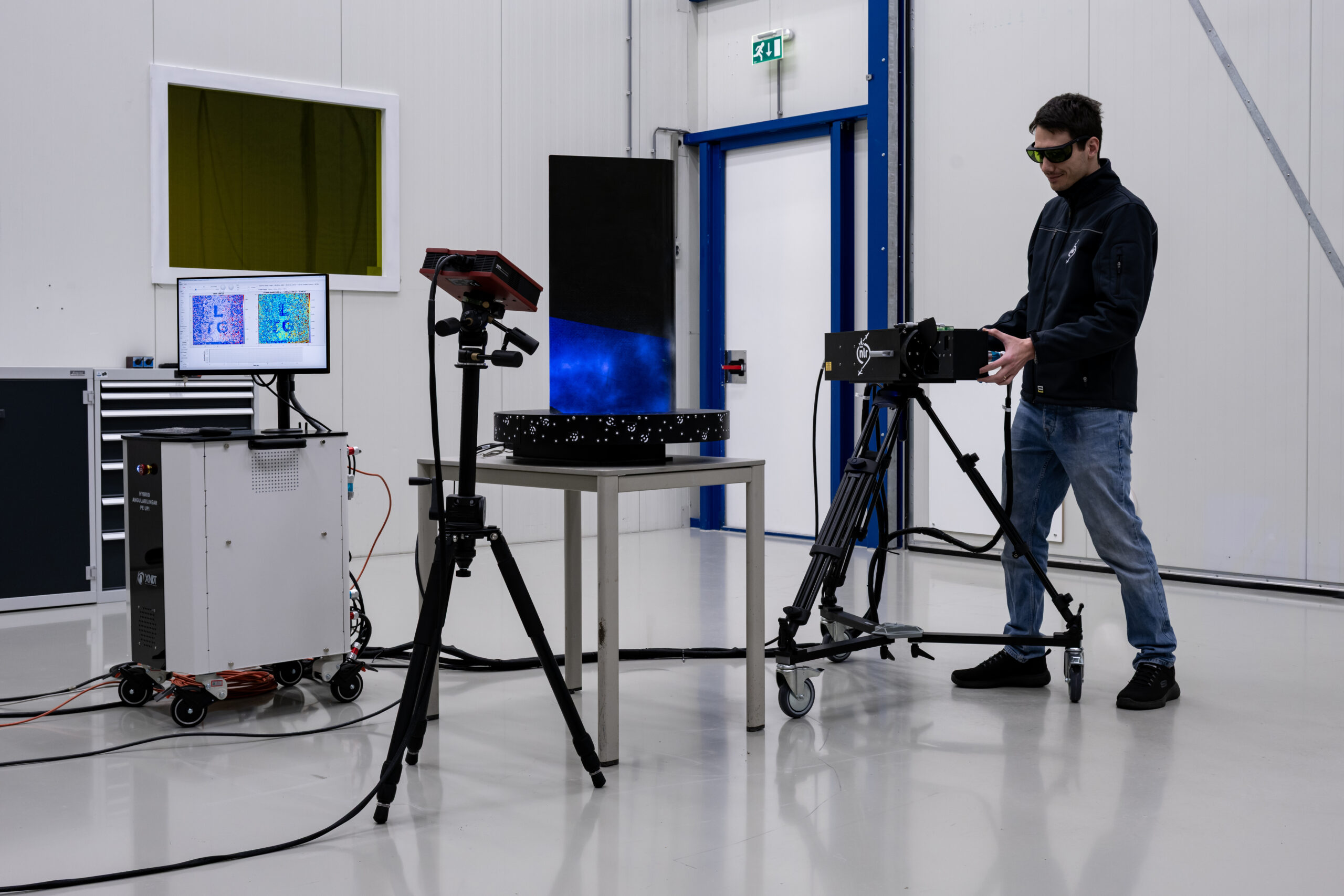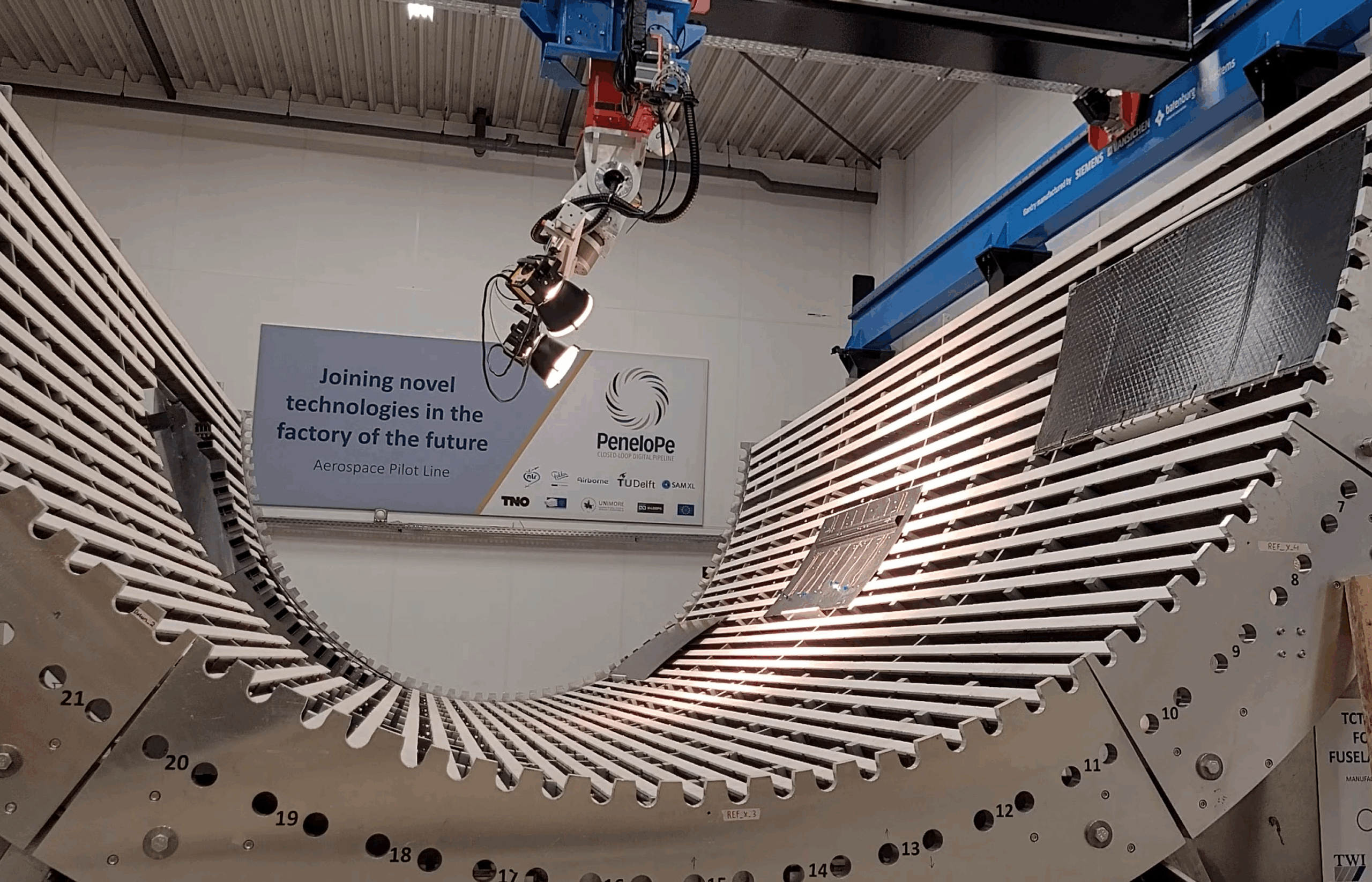The AURA (ATM U-space InteRfAce) project (SESAR 2020 project PJ34 ) investigated the development of concepts and technologies that are necessary to allow existing ATM systems and future U-space operations to interact in a safe, predictable and seamless way. One of the basic assumptions of the project is that manned and unmanned movements take place in ATM U-space Shared Airspace (AUSA). AUSA can be delegated to be either ATM or U-space controlled. U-space traffic is then segregated by geo-cages around the U-space delegated part of AUSA. Contingencies and emergencies needed to be mitigated by delegating additional AUSA volumes to U-space.
The challenge
The main goal of the project was to develop and validate interfaces that connect the ATM systems to U-space services. Further, a concept of operations for a mix of manned and unmanned flight operations in controlled airspace areas needed to be developed. NLR contributed to AURA by addressing concept elements for contingency and emergency operations inside U-space with an impact on ATC operations, i.e. scenarios in which a drone malfunction or mission requirement could eventually lead to conflicts with manned aircraft, particularly in the vicinity of airports.
The solution
The project consisted of two solutions:
- a technical solution implementing the required services within a common ATM and U-space interface (CISP)
- an operational solution describing the operational environment and the processes for Dynamic Airspace Re-configuration (DAR). With DAR, AUSA was delegated to be either U-space or ATM controlled. NLR introduced the role of a DAR Manager to use prototype interfaces to negotiate contingency and emergency airspace changes with U-space and ATM actors, and implement them in accordance with the defined DAR processes.
What did we do?
Royal NLR carried out human-in-the-loop real-time simulations on the NARSIM validation platform with a link to remote pilot station U-FLY of DLR, that carried out drone missions and provided position information. AURA operational and technical requirements were translated into typical drone mission scenarios in order to show that DAR processes are feasible.
The DAR Manager was added to the ATC team for Rotterdam (EHRD) and acted as an intermediary between U-space and ATM. Interfaces had to be built for the DAR Manager and the air traffic controllers to be able to negotiate and implement airspace changes in accordance with the DAR processes.
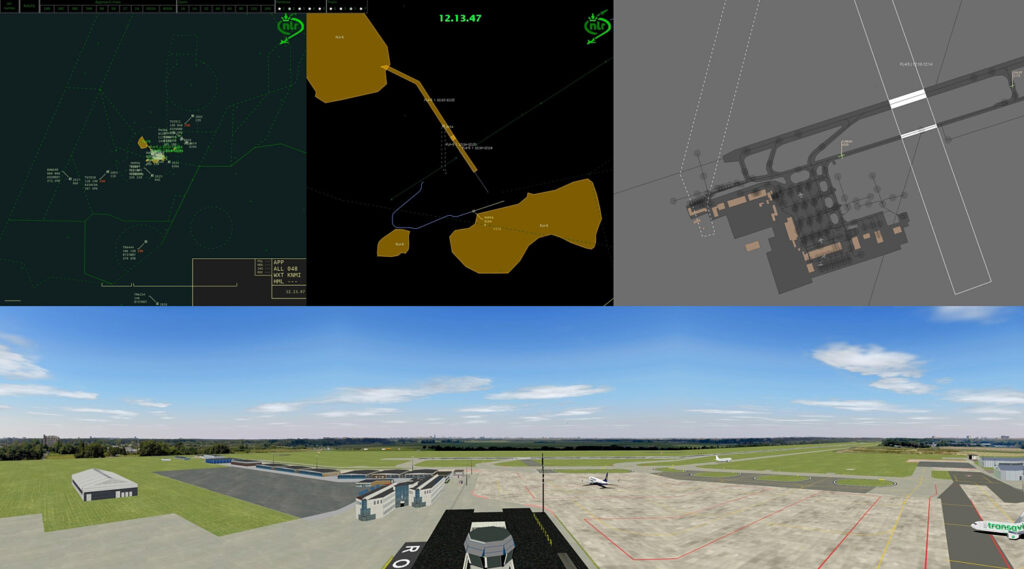
Project partners:
INDRA (project leader), NLR, ENAIRE-CRIDA, LFV, NATS, DLR, SINTEF, AIRBUS, EUROCONTROL
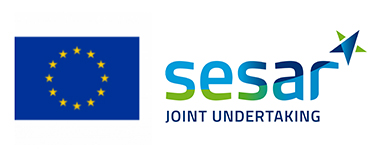
This project has received funding from the SESAR 2020 research and innovation programme under grant agreement no 101017521
